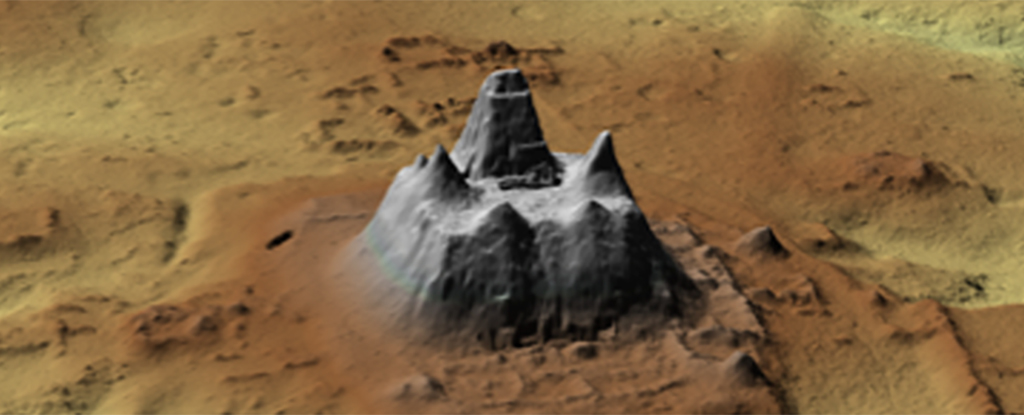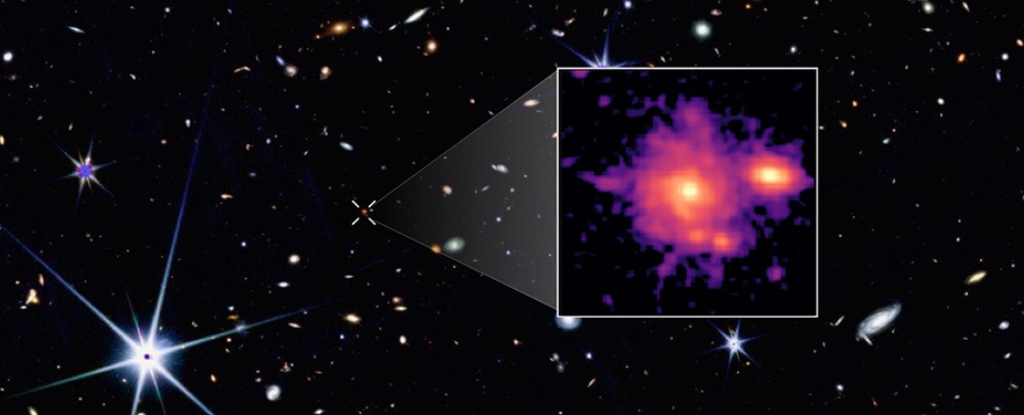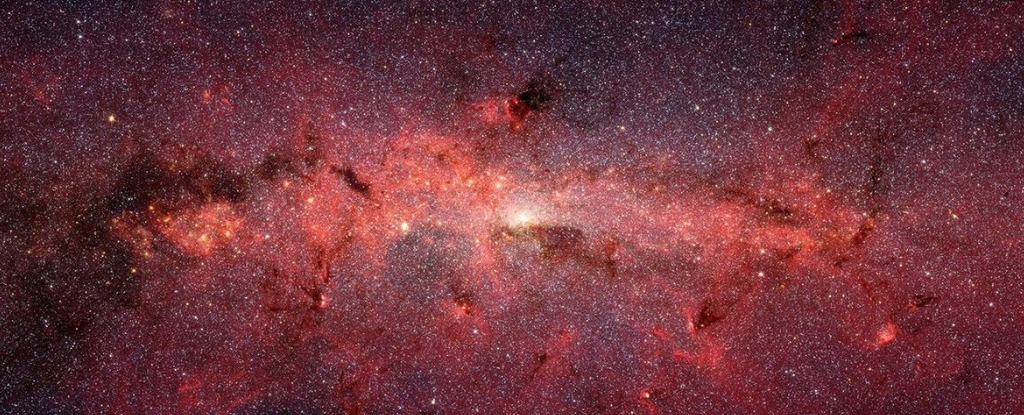When it comes to uncovering lost civilizations, it’s a pretty big find: nearly 1,000 previously hidden Maya settlements have been found in northern Guatemala thanks to aerial light detection and ranging (LIDAR) laser scanning.
The area covered by these settlements is vast: the buildings and structures discovered by researchers cover about 650 square miles (1,683 square kilometers) of the Mirador Calakmul Karst Basin (MCKB) and its immediate vicinity. These places would be around 1,000 BC. to 250 BC been occupied.
Researchers from institutions in the US, Guatemala, and France note that the settlements they encountered appear to be fairly densely packed, providing further evidence of how these early Mesoamerican sites were settled.
There’s a lot hidden in the new findings: buildings, including residences, athletic fields, and religious, ceremonial, and civic centers, as well as extensive networks of dams and canals connecting many of them.
“Many of these settlements exhibit a political/social/geographical relationship to other nearby settlements, leading to consolidation into at least 417 ancient cities, towns, and villages with identifiable site boundaries,” the researchers write in their published paper.
The observed connections between the places of residence suggest that this was all part of a kingdom-like state, in the sense that many of the newly discovered sites would likely have shared common ideologies and policies.
According to the researchers, numerous skills would have been required to build these structures: lime producers, mortar and quarry specialists, litho technicians, architects, and law enforcement and religious officials would all have been involved.
“The scale of work in the construction of massive platforms, palaces, dams, dams, and pyramids from the Middle and Late Preclassic periods throughout the MCKB suggests a power to organize thousands of laborers and specialists.” write the researchers.
There is also evidence here of intelligent drainage and water collection systems, allowing for easier water transport between settlements in times of drought or flooding – something the Maya are known to have been experts at.
The light-based aerial scanning system offered by LIDAR means scientists can easily see beneath tree canopies and other vegetation growth to the underlying solid structures. In recent years we have seen it used to reveal Cambodian cities and Amazonian villages.
Now technology has uncovered another vast network of civilizations for researchers to delve into. We can expect more discoveries from this part of the world in the future, as well as more hidden locations discovered by LIDAR.
“Together we argue that the development of infrastructure demonstrates the presence of complex societies with strong levels of socioeconomic organization and political power during the Middle and Late Preclassic period,” the researchers write.
The research was published in Ancient Mesoamerica.





